5 September 2017 – 3 December 2017
Morris and Helen Belkin Art Gallery
The Beautiful Brain: The Drawings of Santiago Ramón y Cajal
-
Annie Besant
Artist -
Santiago Ramón y Cajal
Artist -
Lawren Harris
Artist -
Charles Leadbeater
Artist
The Beautiful Brain is the first North American museum exhibition to present the extraordinary drawings of Santiago Ramón y Cajal (1852–1934), a Spanish pathologist, histologist and neuroscientist renowned for his discovery of neuron cells and their structure, for which he was awarded the Nobel Prize in Physiology and Medicine in 1906. Known as the father of modern neuroscience, Cajal was also an exceptional artist and studied as a teenager at the Academy of Arts in Huesca, Spain. He combined scientific and artistic skills to produce arresting drawings with extraordinary scientific and aesthetic qualities. A century after their completion, his drawings are still used in contemporary medical publications to illustrate important neuroscience principles, and continue to fascinate artists and visual art audiences. Eighty of Cajal’s drawings are accompanied by a selection of contemporary neuroscience visualizations by international scientists.
After countless hours at the microscope, Cajal was able to perceive that the brain was made up of individual nerve cells or neurons rather than a tangled single web, which was only decisively proven by electron microscopy in the 1950s and is the basis of neuroscience today. His speculative drawings stemmed from an understanding of aesthetics in their compressed detail and lucid composition, as he laboured to clearly represent matter and processes that could not be seen.
Also presented at the Belkin, Thought Forms is an exhibition of works that includes abstract paintings and drawings by Lawren Harris alongside illustrations from Charles Leadbeater’s The Chakras (1927) and Annie Besant’s Thought Forms (1901). These early twentieth century works sought to visualize states of consciousness as well as explore themes of spirituality and mysticism. In addition, a selection of Robert Wilson’s contemporary works from his Mind/Brain series will be exhibited.
The exhibition considers the emerging field of art and neuroscience and engages with interdisciplinary research of scholars from the sciences and humanities alike. A catalogue published by Abrams accompanies the exhibition, containing reproductions of the exhibition drawings, commentary on each of the works and essays on Cajal’s life and scientific contributions, artistic roots and achievements, as well as contemporary neuroscience imaging techniques.
During the course of the exhibition, Neuroscience graduate students from the University of British Columbia explained selected images from the exhibition. View these responses here.
Image (above): Santiago Ramón y Cajal, Injured Purkinje Neurons, 1914. Courtesy of Instituto Cajal (CSIC).
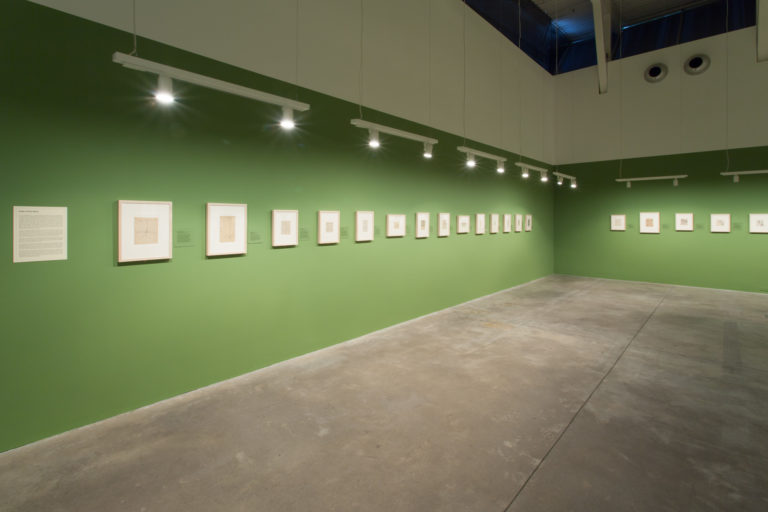
Installation view: Santiago Ramón y Cajal, drawings, ink and pencil on paper, 1890-1935. Photo: Michael Barrick
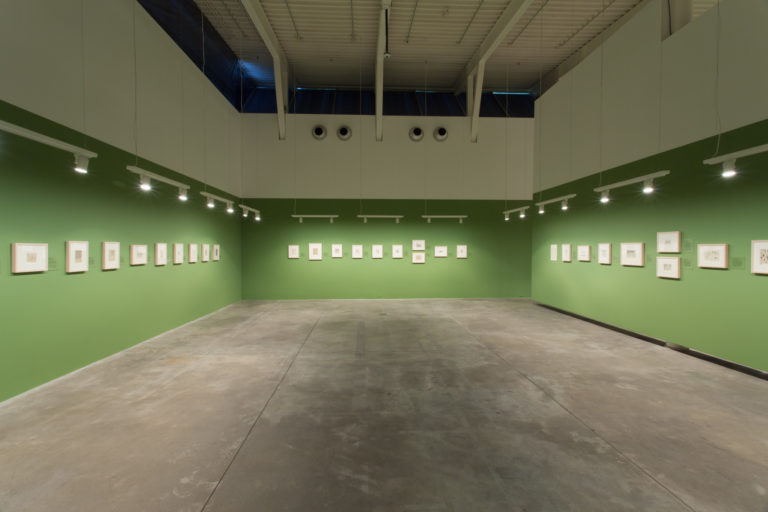
Installation view: Santiago Ramón y Cajal, drawings, ink and pencil on paper, 1890-1935. Photo: Michael Barrick

Installation view: Santiago Ramón y Cajal, drawings, ink and pencil on paper, 1890-1935. Photo: Michael Barrick
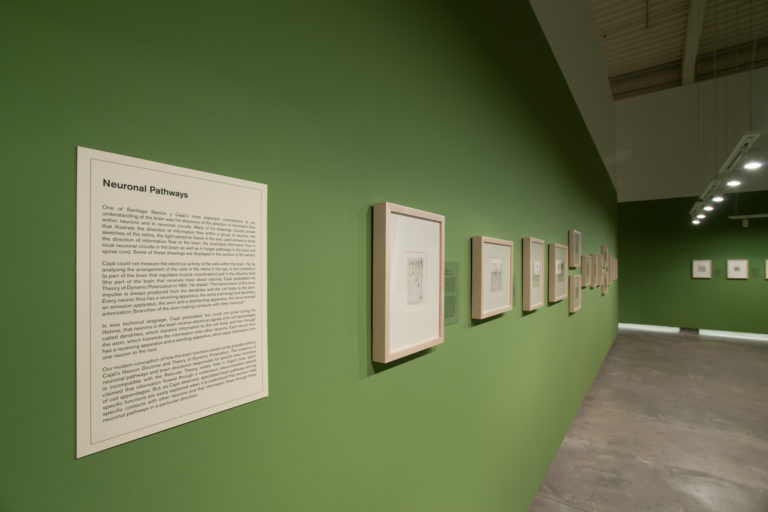
Installation view: Santiago Ramón y Cajal, drawings, ink and pencil on paper, 1890-1935. Photo: Michael Barrick
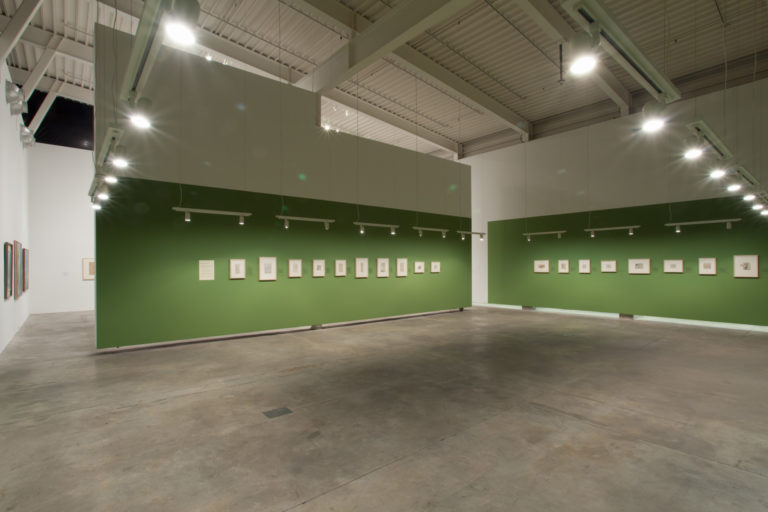
Installation view: Santiago Ramón y Cajal, drawings, ink and pencil on paper, 1890-1935. Photo: Michael Barrick
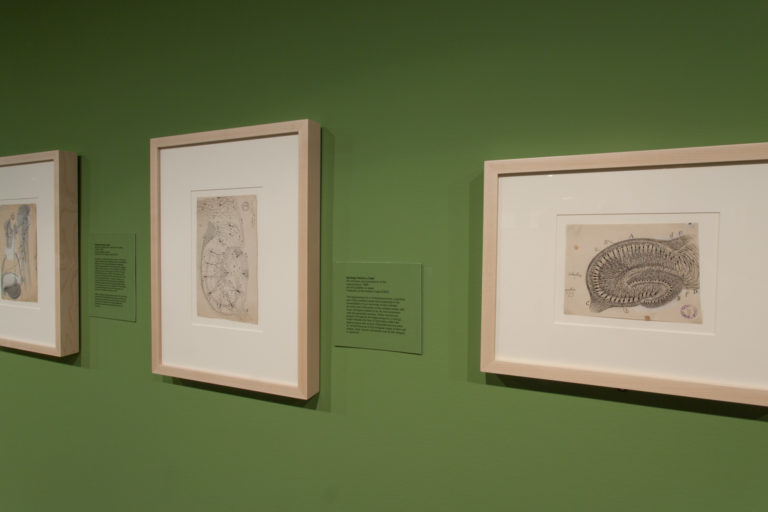
Left to right: Santiago Ramón y Cajal, pathways mediating the vomiting and coughing reflexes, 1899, ink and pencil on paper; structure and connections of the hippocampus, 1899, ink and pencil on paper; Ammon’s horn, 1904, ink and pencil on paper. Photo: Michael Barrick
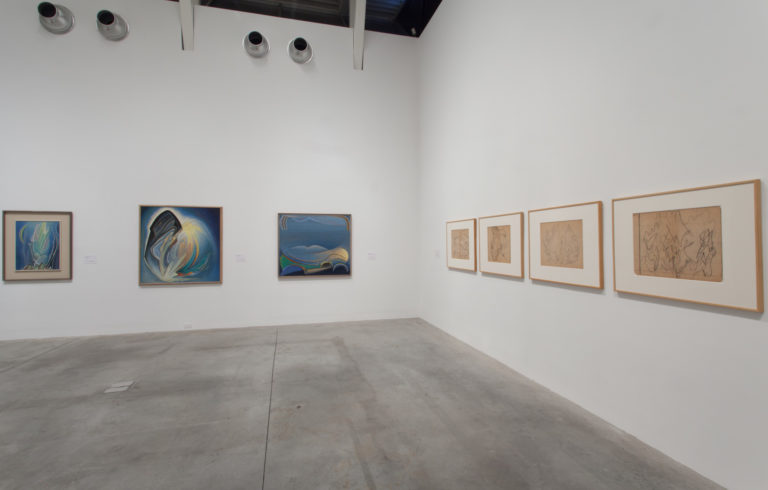
Left to right: Lawren Harris, Mountain Spirit, 1945, oil on masonite; Lawren Harris, Northern Image, 1952, oil on canvas; Lawren Harris, The Spirit of Remote Hills, 1957-60, oil on canvas; Lawren Harris, Untitled #766, c. 1958, graphite and charcoal on paper; Lawren Harris, Study for Abstraction, 1950-54, graphite and charcoal on paper; Lawren Harris, Untitled #785, c. 1956, graphite and charcoal on paper; Lawren Harris, Study for Flaming Forms (Abstractions 70), 1950-55, graphite and charcoal on paper. Photo: Michael Barrick
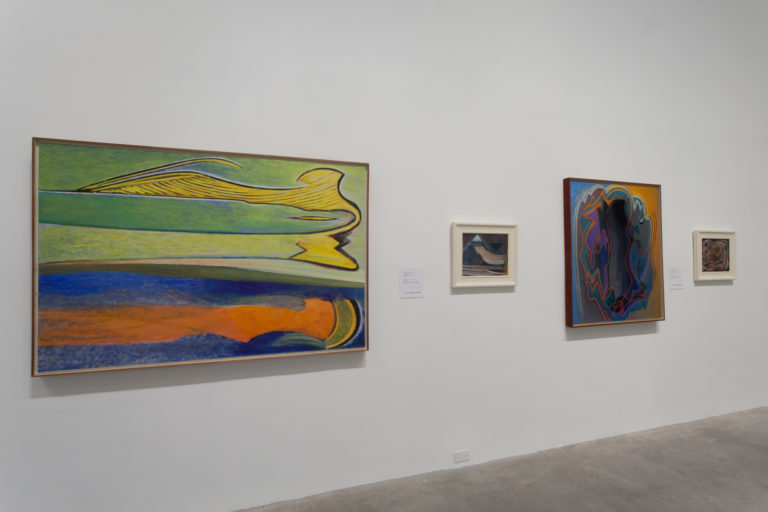
Left to right: Lawren Harris, Atma Buddhi Manas, c.1965, oil on canvas; Lawren Harris, Untitled, c.1963, oil on board; Lawren Harris, Eclipse of the Spirit, c.1954, oil on canvas; Lawren Harris, Untitled, c.1935, oil on board. Photo: Michael Barrick
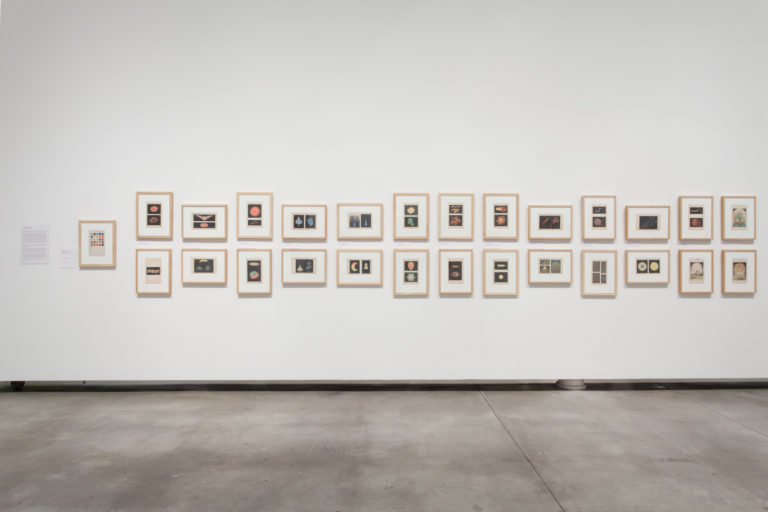
Left to right: Annie Besant and Charles Leadbeater, Thought-Forms, 1901, Published by Theosophical Publishing Society, London, 1905. Photo: Michael Barrick
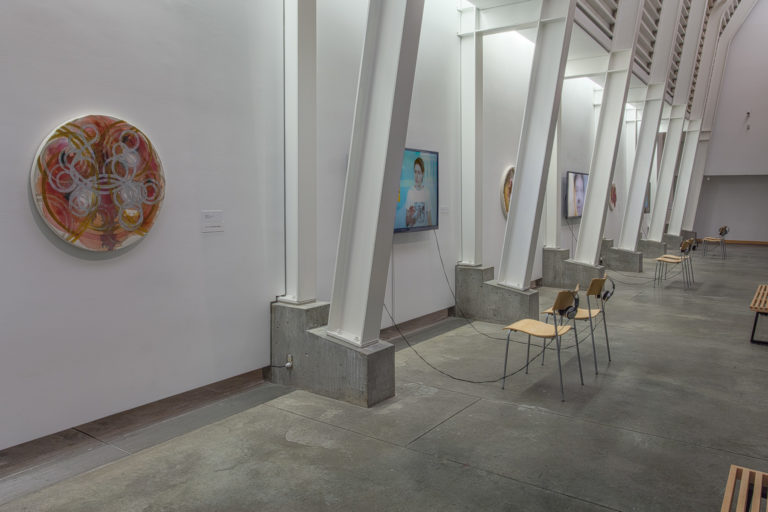
Left to right: Robert Wilson, Explorations of Consciousness, 2017, ink and acrylic on canvas; Santiago Ramón y Cajal – The Biography of a Great Thinker, video, 00:03:59; Robert Wilson, Plaques and Tangles 6, 2016, ink and acrylic on canvas; National Geographic, A Voyage Into the Brain, video, 00:05:21; Robert Wilson, Plaques and Tangles 8, 2016, ink and acrylic on canvas; World Science Festival, An Intimate Look at Your Brain, Video, 00:05:21. Photo: Michael Barrick
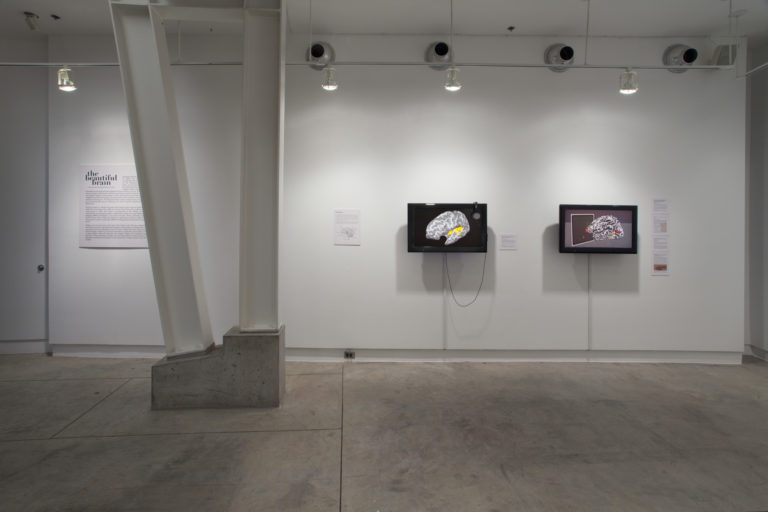
Installation view: Images of contemporary neuroscience, photographs and video. Photo: Michael Barrick
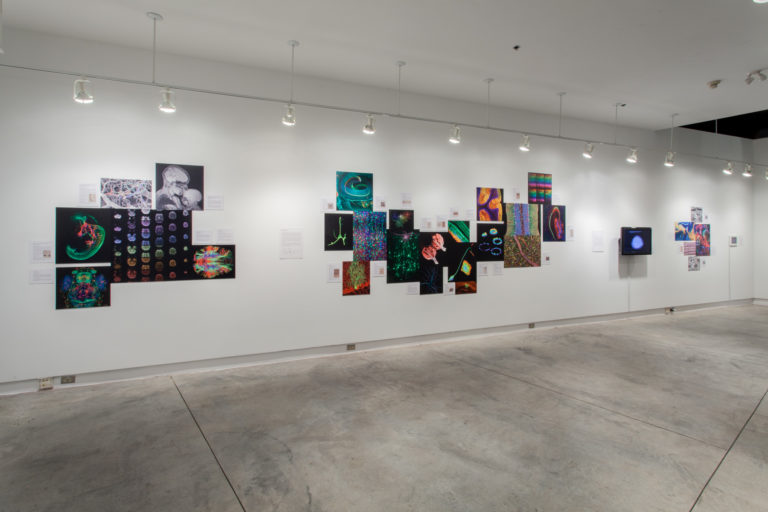
Installation view: Images of contemporary neuroscience, photographs and video. Photo: Michael Barrick
-
Annie Besant
Artist -
Santiago Ramón y Cajal
Artist -
Lawren Harris
Artist -
Charles Leadbeater
Artist
Funders
The Beautiful Brain: The Drawings of Santiago Ramón y Cajal was developed by the Frederick R. Weisman Art Museum, University of Minnesota with the Instituto Cajal. The exhibition at the Morris and Helen Belkin Art Gallery, University of British Columbia is presented with the Djavad Mowafaghian Centre for Brain Health with support from the VGH & UBC Hospital Foundation. Additional support is provided by the Canada Council for the Arts, the British Columbia Arts Council, our Belkin Curator’s Forum members and generous donors. AMS, Vancouver Art Gallery
Related
-
Event
1 Dec 2017, 2 pm
Concert at the Belkin: The Beautiful Brain
Once again, we are pleased to welcome the UBC Contemporary Players to the Belkin Art Gallery for a concert inspired by the exhibition The Beautiful Brain: The Drawings of Santiago Ramón y Cajal. Led by Directors Corey Hamm and Paolo Bortolussi, this graduate and undergraduate student ensemble from the UBC School of Music will animate the Gallery for an afternoon program celebrating themes from the exhibition.
[more]